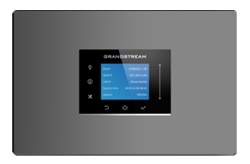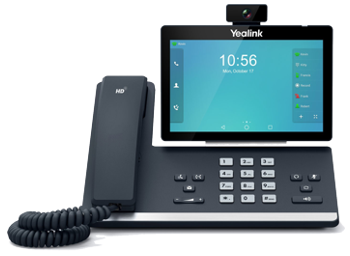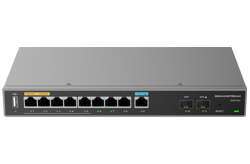Sitemap
Site info
Information
- About our company
- Payment and shipping
- Privacy policy
- Returns and Exchanges
- Contacts
- CONTACT US - EMAIL
- VoIP Telephone Line - TOS - Terms Of Service
- PRICING CHANGE NOTICE - 2024
- Phone System Services - Canada
- Professional Phone System Set-up
- Tips - Setting up IP-PBX Phone Systems
- PBX System Set-up Scenarios
- Securing your PBX Phone System
- Securing Network Based IP Phones
My account
Catalog
- Business Phone Systems
- PBX Phone Systems
- SIP Paging - Amplifiers
- Paging Speakers
- FXO / FXS Telephone Line Expansion
- Intercoms Cameras Facility Management
- Yeastar Modules
- Monitoring Controllers
- ATAs - Telephone Adapters
- IP Phones - By Type
- Desktop IP Phones
- WiFi Capable IP Phones
- Cordless IP Phones
- Rugged Cordless IP Phones - DECT
- Conference IP Phones
- IP Video Phones
- Accessories - Perhipherals
- Extension Modules



